
1.7 Ounces
Per Bottle

Recommended
2 Pumps
Liposomal
Face Serum
$57.95
Experience the transformative power of the NEW & IMPROVED Renue Blue Face Serum formula delivering FOUR TIMES the amount of Methylene Blue, along with liposomal NAD+, NMN, NR, Apocynin, Glutathione and ALA across the layers of the skin using breakthrough nanoliposome technology.
2 mL (2 pumps) provides ▸100 mg NAD⁺ Complex ▸ 5 mg Apocynin ▸1 mg Glutathione▸ Methylene Blue

Per Bottle


Face Serum



Face Serum
Out of stock - coming soon!
Renue Blue Face & Hand Serum works at the cellular level to deliver time-released actives that restore NAD⁺ to improve skin’s texture, firmness, and dermal matrix.
The epitome of science and performance, Renue Blue Face & Hand Serum works renews cells from within using a proprietary Liposomal Methylene Blue with NAD⁺ Complex (NAD+, NMN, and NR)—science-backed nutrients that provide nourishment on the cellular level.
Renue Blue works at the cellular level to deliver time-released actives that restore NAD⁺ to improve skin’s texture, firmness, and dermal matrix.
Nano-sized liposomes penetrate quickly and deeply into dermal layers to deliver a very high concentration of active ingredients that provide unique therapeutic benefits over all other serums.
Expertly formulated with liposomal NAD⁺ Complex (NAD+, NMN, and NR) and Methylene Blue, along with Apocynin, and Glutathione, this potent delivery system offers a deeper penetration of key ingredients into the skin’s surface to combat the most visible signs of aging and promote vibrant, youthful-looking skin.
Use day and night with Renue Blue Face Creme. Suitable for all skin types.
Methylene Blue has been studied for a wide range of ailments, many of which are aging-related illnesses, and there are currently over 20,000 studies on Pubmed. One study conducted at the University of Maryland tested the potential dermal anti-aging benefits of four antioxidants, one of which was Methylene Blue.
Among all of the antioxidants studied, Methylene Blue was by far, the most effective.
The study was conducted by the Department of Cell Biology & Molecular Genetics, at the University of Maryland.
In the study, researchers tested out four antioxidants on the skin, one of which was Methylene Blue. The second one was N. Acetyl Cysteine, or NAC, a very popular antioxidant, often taken as a supplement. The last two were MitoQ and mTEM - both of which are mitochondrial targeting antioxidants.
They applied each one topically to skin fibroblasts of healthy middle-aged adults, adults 80 and older and from people with progeria.
For most studies, skin fibroblasts are obtained through a non-invasive procedure that involves numbing at the site and taking a punch skin biopsy sample.
Progeria is an extremely rare genetic condition characterized by dramatic and rapid aging. It causes severe hardening of the arteries at a young age, and often those afflicted don't live past their teenage years.
Some researchers believe that Progeria may hold the key to understanding the precise causes of aging - so that it can be slowed down.
For this study, the Progeria fibroblasts were used as an accelerated model for normal aging - because they share many of the features in common with normal aging.
One part of the study looked at the effectiveness of these antioxidants to decrease oxidative stress. Oxidative stress plays a major role in the aging process in the skin, much of which is driven by UV exposure.
Among all of the antioxidants studied, Methylene Blue was the most effective.
It reduced mitochondrial reactive oxygen species, and promoted skin cell proliferation - which involves an increase in the cell division rate and that leads to a higher number of new, healthy cells created during cell turn-over.
The normal skin and the progeria skin treated with the Methylene Blue, showed much higher skin proliferation levels.
Research shows that as a person ages, proliferation of cells in the basal (or deepest) layer reduces. The epidermis (or the outer layer) then becomes thinner. The nutrition supply to the outer layer then weakens because of dysfunction in the deeper layers.
This process of decreased proliferation in the skin, is associated with senescence. Senescent cells, also known as zombie cells, can cause a lot of damage. They are cells that eventually stop multiplying, yet they don't die off like they should. Instead, they remain in the body and continue to release damaging chemicals that trigger inflammation.
In the second part of the study, cellular senescence was examined.
Different fibroblasts were used and treated with Methylene Blue. Two fibroblasts from people over 80 were used and two fibroblasts from people under 30 were used.
The over 80 fibroblasts showed increases in biomarkers of senescence. When treated with Methylene Blue, there was a reduction in cellular senescence, especially notable for the older skin fibroblasts. This showed that Methylene Blue is effective at reducing cellular senescence.
The study revealed that skin treated with Methylene Blue had an increase in skin thickness and improved levels of skin hydration.
This is important because skin thickness and loss of hydration are issues of aging skin. Dermal thickness decreases by about 6% every decade.
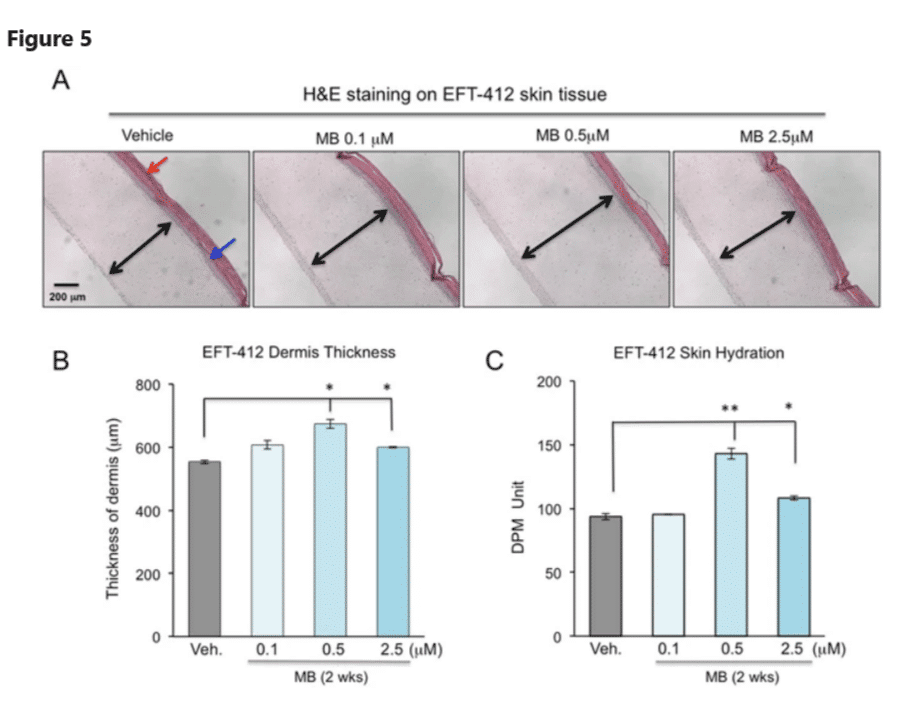
Among all of the antioxidants studied, Methylene Blue was the most effective.
The Methylene Blue-treated skin showed a greater reduction in DNA damage, leading to cell rejuvenation.
There was an increase the cell division rate, leading to a higher number of healthy new cells created during cellular turnover.
In addition, there was less senescence - and a slower rate of cell death, indicating that skin cells became healthier and lived longer.
There was also improved hydration levels and dermal thickness was increased.
Study: Anti-Aging Potentials of Methylene Blue for Human Skin Longevity https://www.nature.com/articles/s41598-017-02419-3
Fighting against Skin Aging The Way from Bench to Bedside https://www.ncbi.nlm.nih.gov/pmc/articles/PMC6047276/
The evolving role of the NAD+/nicotinamide metabolome in skin homeostasis, cellular bioenergetics, and aging https://sci-hub.do/10.1016/j.dnarep.2014.04.005
NAD in Skin: Therapeutic Approaches for Niacin https://sci-hub.do/10.2174/138161209787185760
Characteristics of the Aging Skin https://www.ncbi.nlm.nih.gov/pmc/articles/PMC3840548/
Xiong, ZM, O’Donovan, M., Sun, L., et al. Anti-Aging Potentials of Methylene Blue for Human Skin Longevity. Sci Rep 7, 2475 (2017) (https://doi.org/10.1038/
Serums are made of very small molecules that penetrate your skin faster and more effectively, carrying the active ingredients to deeper layers and into systemic circulation.
Step 1: Apply face or body serum for penetration to deepest skin layers and systemic circulation.
Allow to soak in for 1-2 minutes
The thicker, more emollient ingredients in our Lotion and Face Creme concentrate more active ingredients in the surface layer.
Step 2: Apply Renue Face Creme, Lotion, or your favorite moisturizer
*note - Renue body lotion can be used alone, as the liposomes will also reach deep layers and systemic circulation, but in lesser quantities than serums. It is more effective to apply the serum first, then the lotion.
What's the ideal pH for skin-care products?
You want to look for skin-care products with a pH of 5.5. If anything, they could be as low as 4.5 and as high as 7. The general rule is slightly acidic is preferred for the best complexion.
What pH are Renue™ Products?
Renue™ NAD+ Skincare products are on the optimal 5.5 mark on the pH scale.
High pH (8 to 14)
Skin-care products with a high pH level (also known as alkaline) pose the biggest threat to your skin's pH and acid mantle. That tight, squeaky-clean feeling you might experience after washing your face is the truest sign of cleansers with a high pH and damaged skin barrier. They, as well as other alkaline skin-care products, tend to strip away sebum and natural oils.
Low pH (1 to 6)
Because products with a low pH are at a level closer to skin's natural pH, they will more effectively work with your skin and help cell turnover gently. They're more likely to keep skin bright and smooth, instead of flaky and angry.
However, certain products can be too low of a pH for skin and irritate it. At-home peels and other acid-spiked products tend to have a lower pH level, making them great exfoliants but just as stripping as products with a high pH.
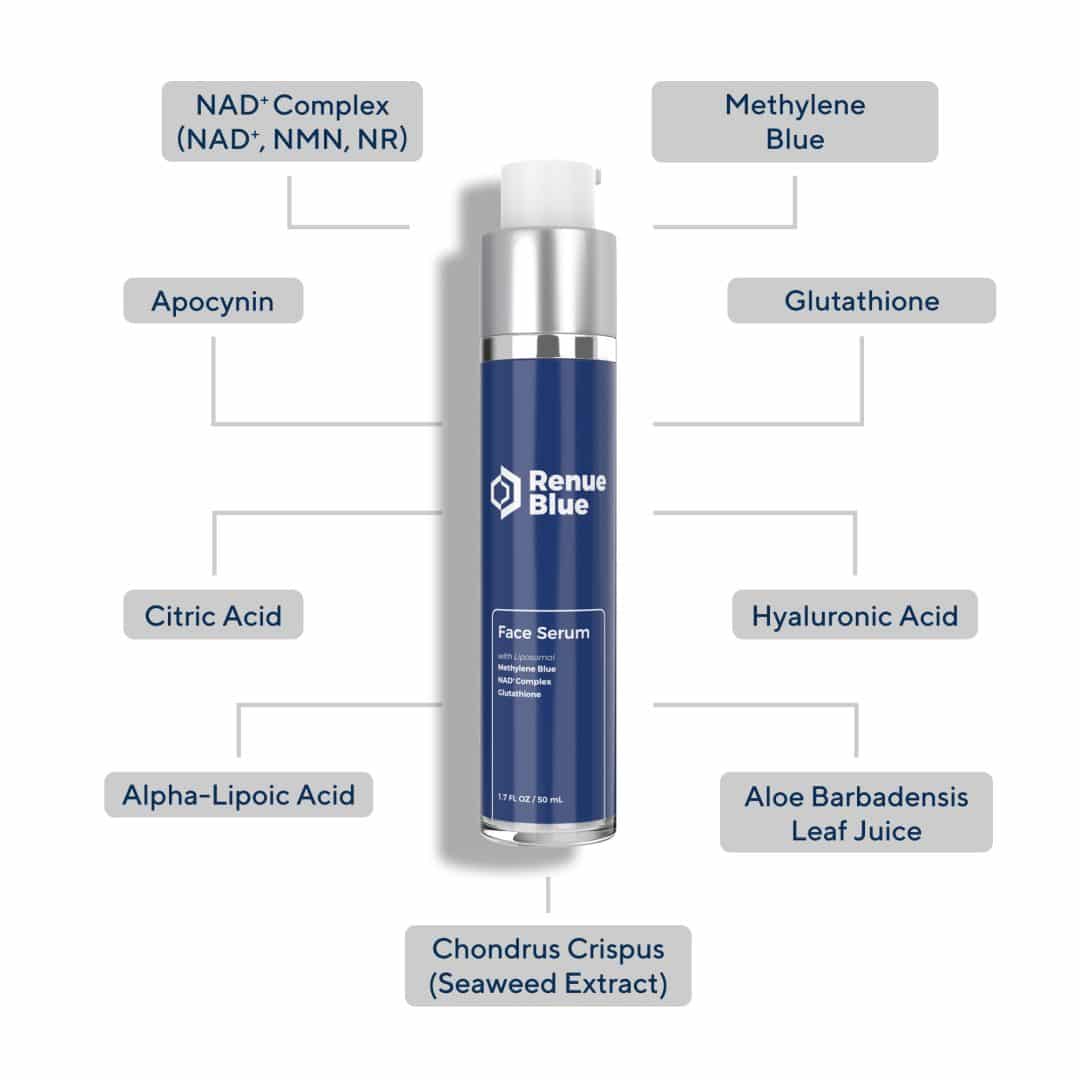
Helianthus Annuus (from Sunflower Lecithin) · Glycerin · Aloe Barbadensis (Aloe Vera) · Rosmarinus Officinalis · Chondrus Crispus (Seaweed Extract) · Hyaluronic Acid (HLA) · Alpha-Lipoic Acid (ALA) · Citric Acid
Tocopherols (Vitamin E) · Propylene Glycol · Carbomer · Cetearyl Alcohol · Glycerol Stearate · Triethanolamine · Potassium Sorbate

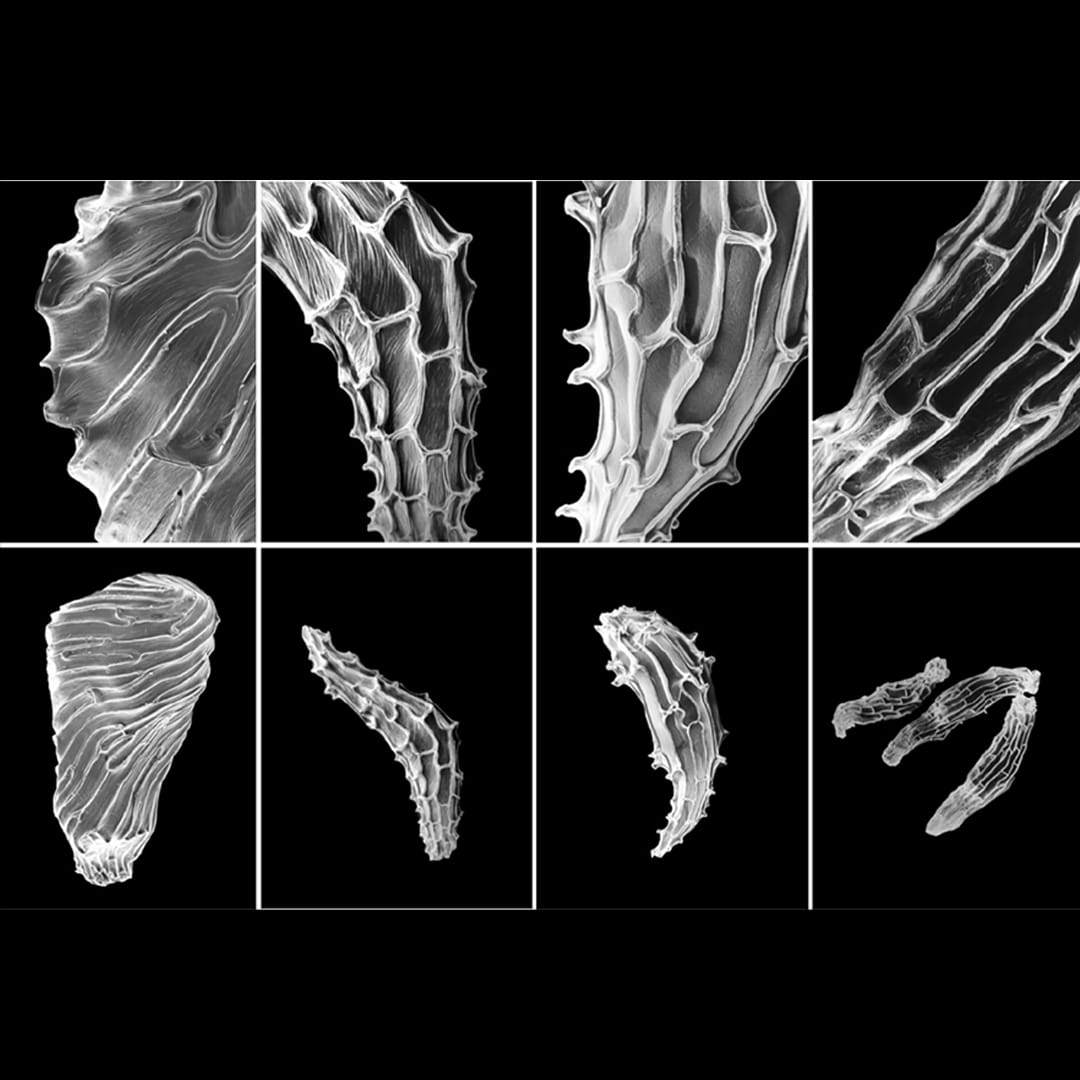
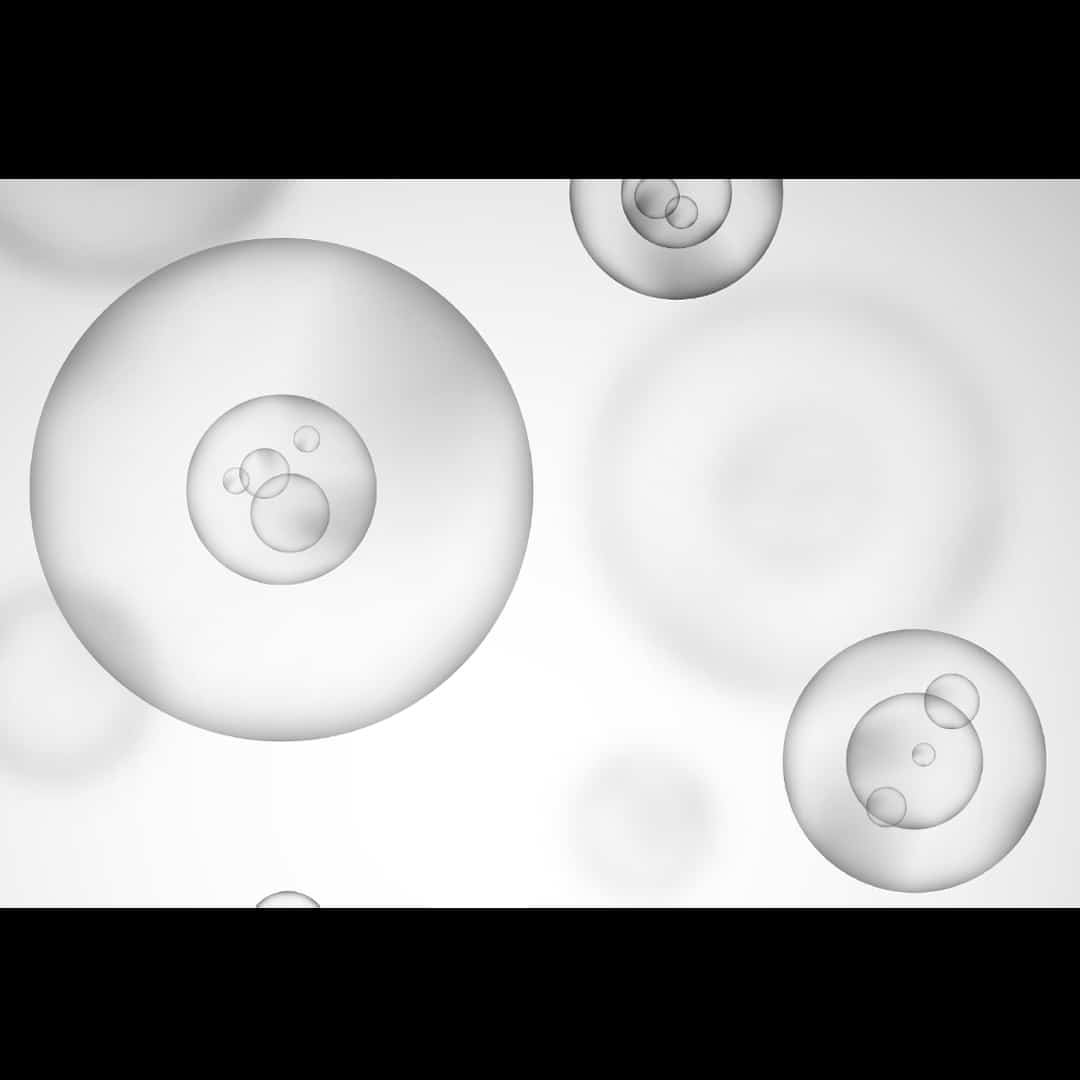
Resveratrol is a stilbenoid polyphenol synthesized by plants in response to stressful stimuli and is protective in aging. 9, 10, 6
Its broad-spectrum properties (antimicrobial, anti-inflammatory, antioxidant and anti-aging) make it a potent bioactive for dermatological application by limiting the effects of cellular aging. 11
Its antioxidant activity (95%) is higher than vitamin E (65%) and C (37%) and has been shown to be active in neutralizing and inhibiting the formation of reactive oxygen species. 6, 12
Apocynin, a natural vanilloid compound, has emerged as a bioactive phytochemical with potent anti-inflammatory properties for the skin. 13
A new paper published in Nature, found that declining levels of a collagen protein called COL17A1 (Collagen 17), cause our skin to develop wrinkles, sag and lose elasticity. 4
Apocynin was able to restore levels of Collagen 17 and repair damaged skin, leading scientists to believe it’s possible to reverse our skin’s timeline at the cellular level. 14
May Improve Rosacea
According to research Topical NAD+ has been shown to improve metabolism of skin cells. Its profound antioxidant properties can lessen inflammation that is associated with the damaging effects of free radicals.
May Improve Psoriasis
According to this study, it’s as effective as the leading pharmaceutical at treating psoriasis, and without side effects. NAD+ mitigates cellular damage and lessens inflammation, which leads to a visible improvement in the skin.
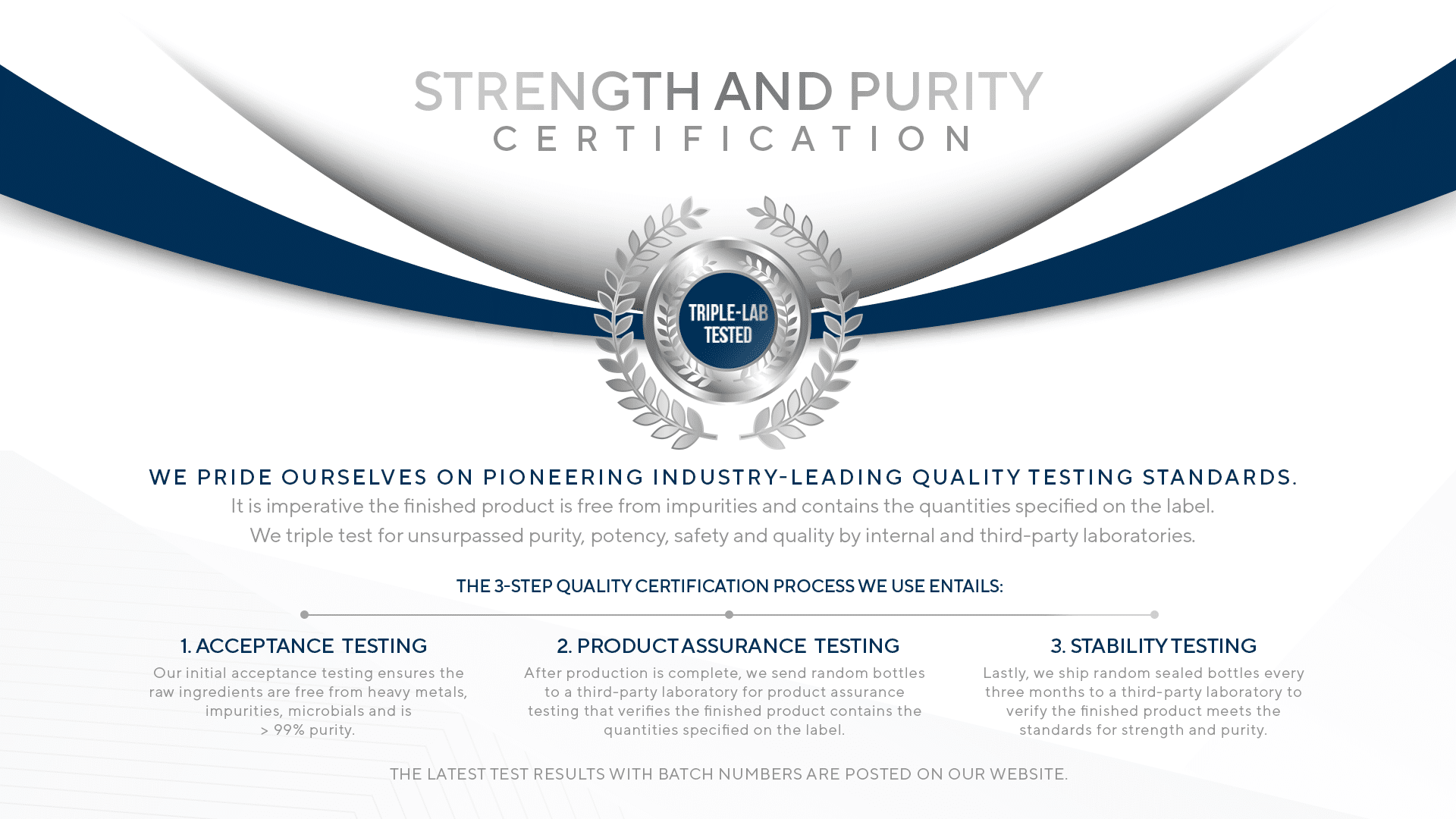
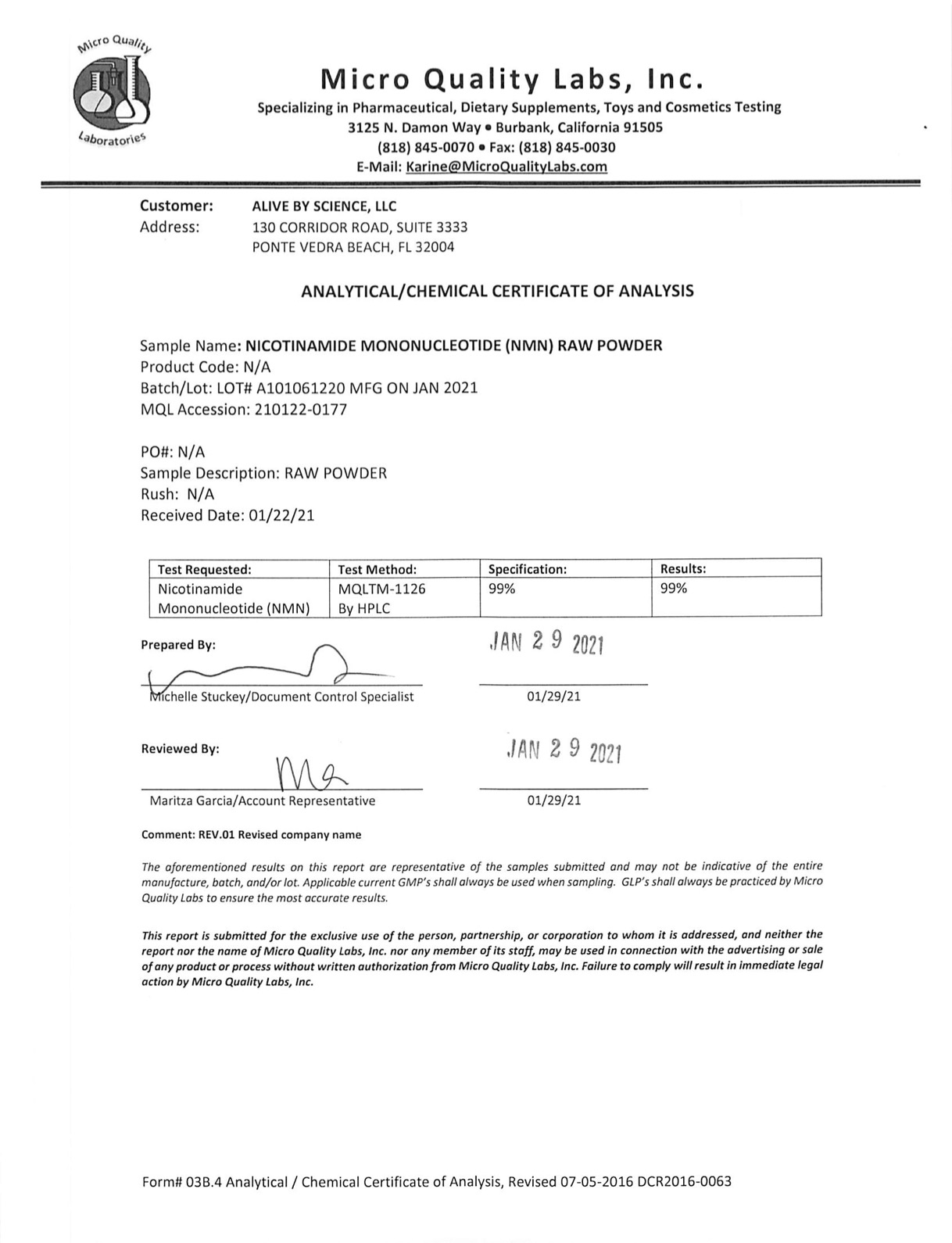
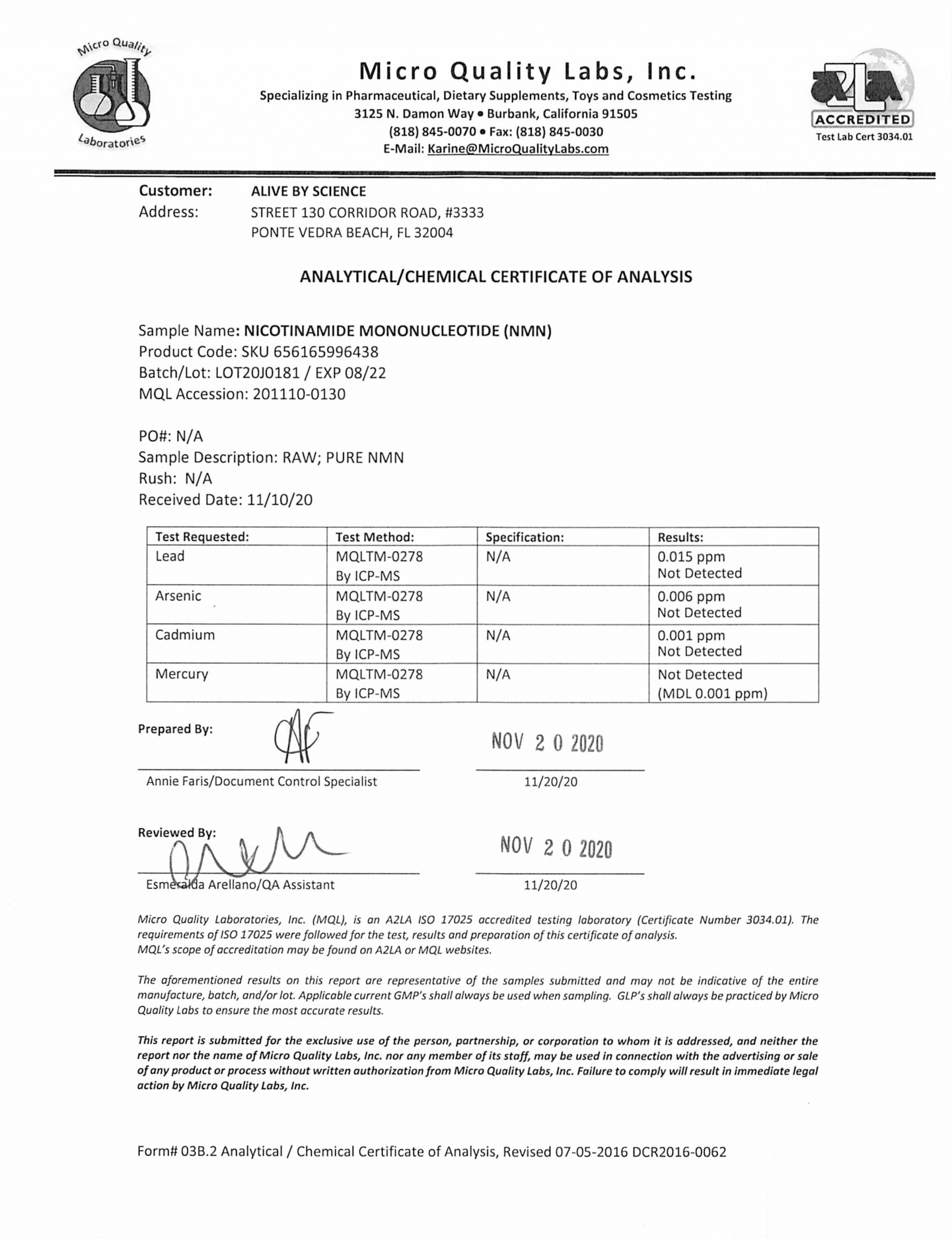
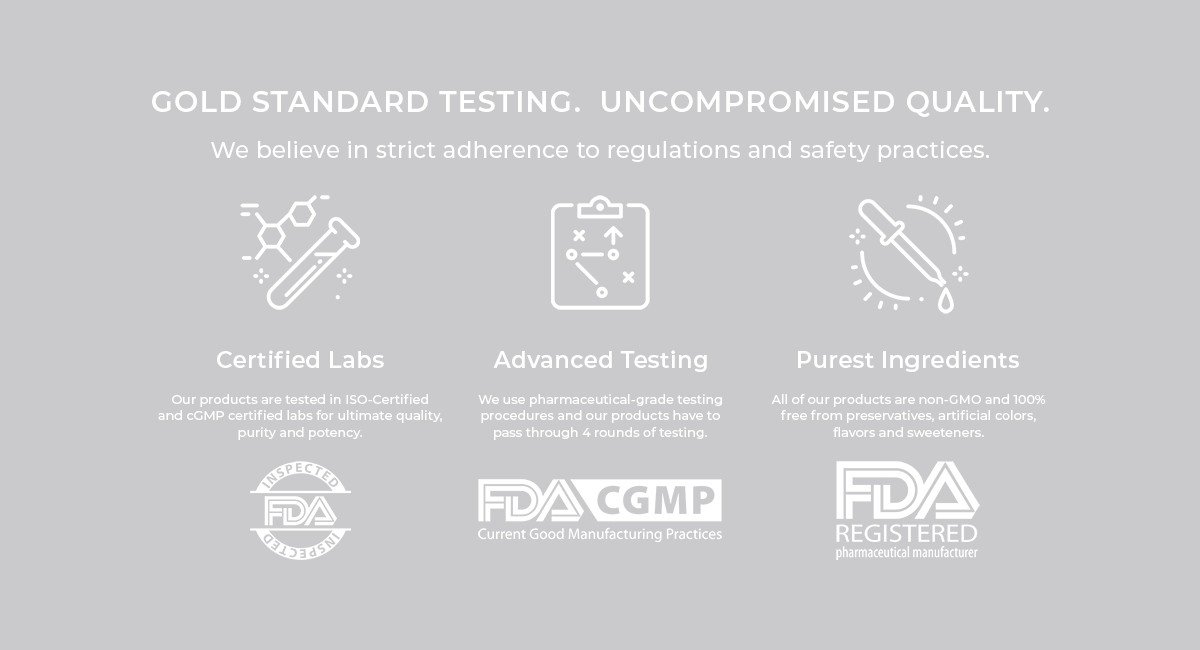

"This will really help maintain your levels of collagen." - Madison (Length: 4:38)
"I'm amazed at the difference I'm seeing." - Claudia Glows (Length: 2:35)
Our Renue NAD+ Lotion was first introduced in May of 2019 and we've received great feedback on it. Our skincare line has since expanded and we are even more excited about the potential of our face Serum for restoring and supporting skin health through aging.
We decided to perform our own little trial, and sent out an email to our customer base asking for volunteers that would allow use to use their before and after images in exchange for free product to test. The first 100 people to reply were accepted and were shipped the first bottle of serum just before Thanksgiving 2020.


We were pleased to find that after 30 days, all of the 100 subjects wanted to continue use, and gave us feedback on what they experienced. The overwhelming majority was extremely positive!
Of course these results are mostly subjective and not proof of anything, but we are very encouraged by them, and believe we will be getting a lot of good before/after images like the ones below.
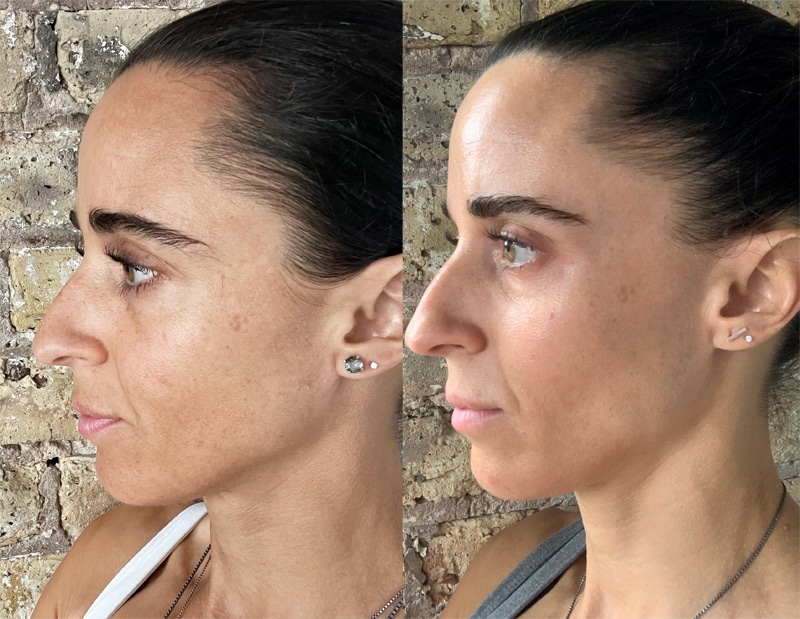
"I applied the serum and day cream to my face after washing it every morning, and before applying my regular SPF moisturizer, and noticed a difference on my skin about 2 months after I started using it. My skin looks brighter, and some sun spots have definitely gotten lighter. I also noticed that the texture of my skin feels like it has more elasticity to it. I love that the products are very light, and absorb quickly. I can't wait to see the results after using it for longer." - Alexia, Age 38.
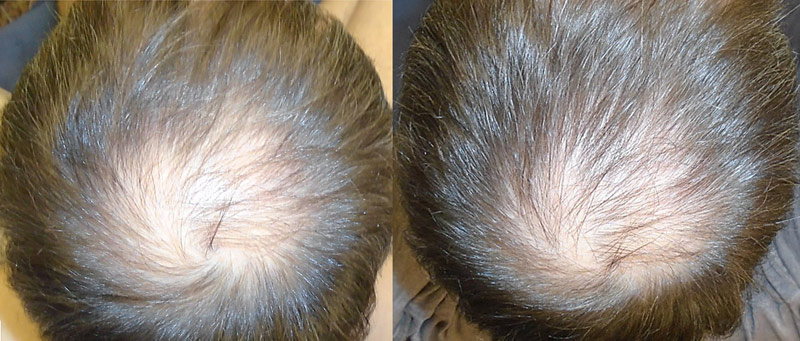
"I have been using Renue for several months on my face, forehead and scalp. Both the serum and the lotion get completely absorbed within minutes. I don't know much about NAD+ but I can tell you it's like pouring the fountain of youth into my tissues. My face is smoother or more even. Skin irritation clears up within minutes. Even better, I had skin damage from past sunburns on my forehead. Over 8 weeks using Renue, the rough skin reduced in size and then simply went away!
Even better, being 53, I have had a bald spot on my crown for 15 years. Still, I decided to try Renue for that too. I took a before picture about 2.5 months ago. Then I took the same photo just last week. There is no question that the hairs are thicker and that some new hairs have returned. Renue restores youthful skin, repairs damage and seems to literally turn back time. These products are in a league of their own." - Chris B.
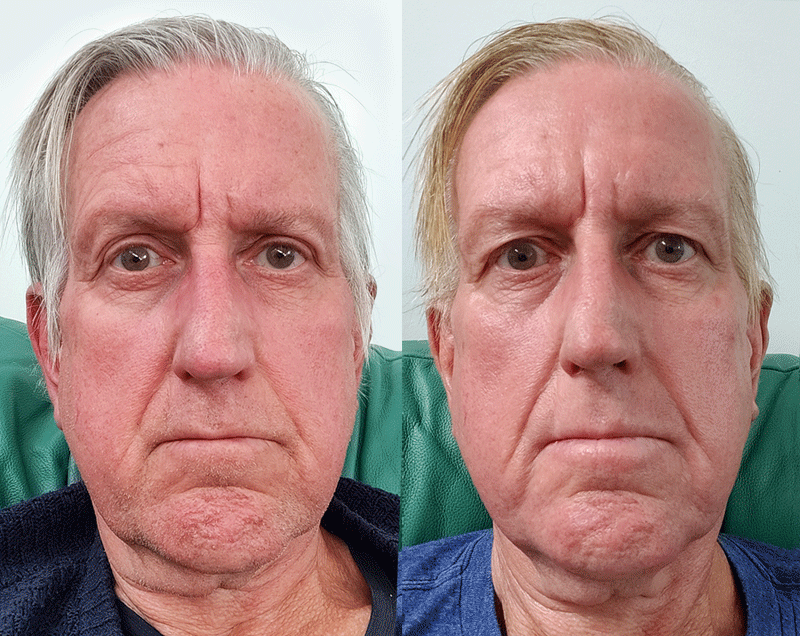
"Super impressive result. The improvement to my facial skin (& the back of my hands) is absolutely associated with the Renue applications. I had noticed it but when other people started commenting I felt that I had something more concrete to contribute. So in summary this is a remarkable result by any standards. Of course I also take Liposomal NMN & Fisetin amongst a range of other supplements." - Lloyd D.
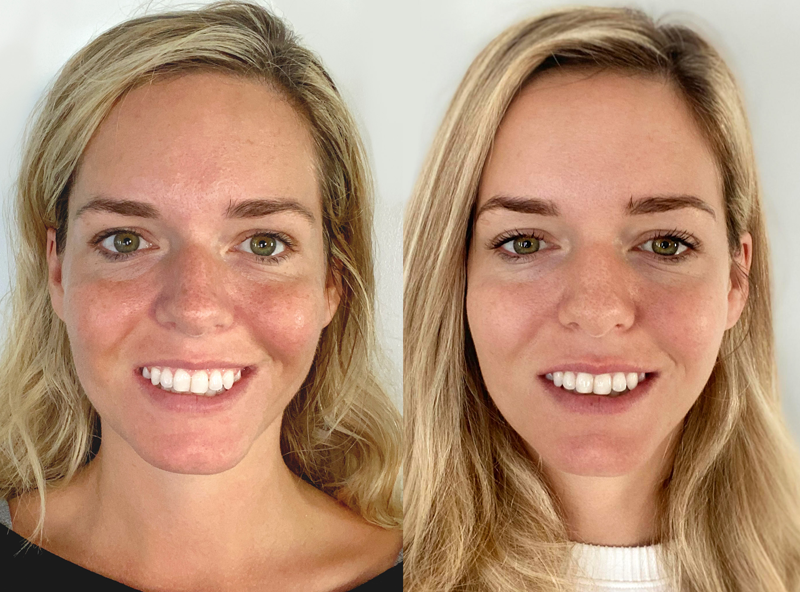
"I've definitely noticed less redness and smoother skin around my eyes and forehead. I LOVE these products. They are the only ones I'd ever use going forward because I see actual results. Most creams and serums are overly expensive and truly don't do anything. I have spent so much money on luxury facial treatments in the past and now I will not be going back. I love the Renue skin care line." - Caitlin H.
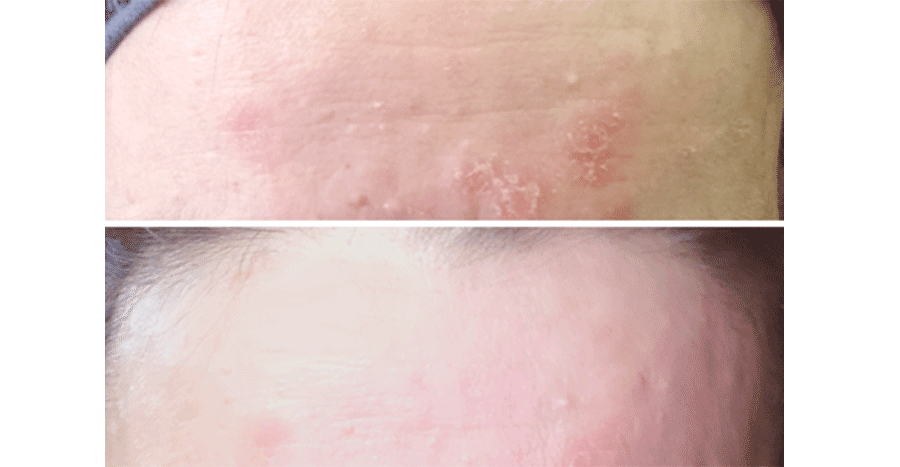
"I see a big improvement on the skin on my forehead. My other dry patches on my cheeks and redness stayed the same where I didn't use Renue. I was testing it out on my forehead alone first. I am hoping for more improvement continuing with this product. I am so happy. I am finally going to start using it on my whole face." - Liz G.
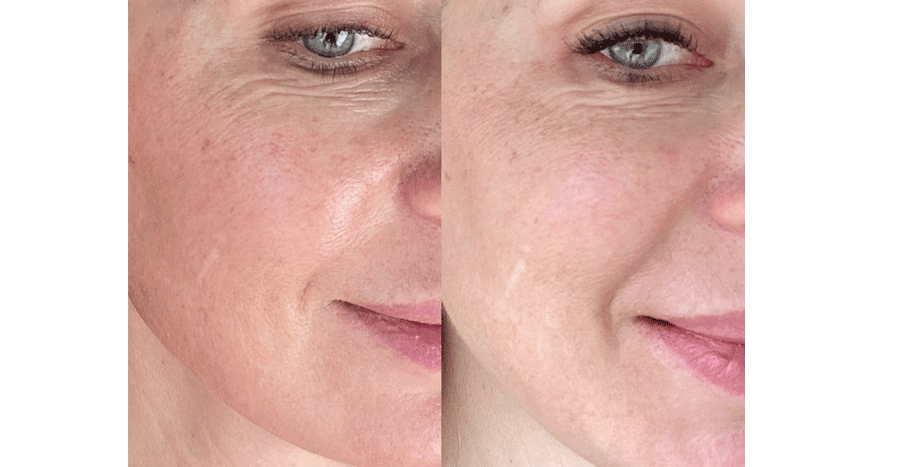
I am actually astonished looking at these photos. The creasing under my eyes and the crease of my smile line are significantly reduced as the pigmentation of many of the small “age” spots on my cheek. Pore size has also shrunk. (after 30 days of use) - Anne D.
Liposomes are an advanced delivery vehicle, protecting a much higher percentage of active ingredients from digestion, while slowly releasing the payload into the bloodstream.
A Liposome is made up of a spherical vesicle with the inner contents containing the active ingredients, which are protected by an outer layer comprised of tiny fat-like particles, called the Phospholipid Layer. Liposomes have the ability to carry ingredients that are hydrophobic ("water-fearing") and hydrophilic ("water-loving"). (Source)

Liposomes closely resemble the structure of cell membranes, and as a result the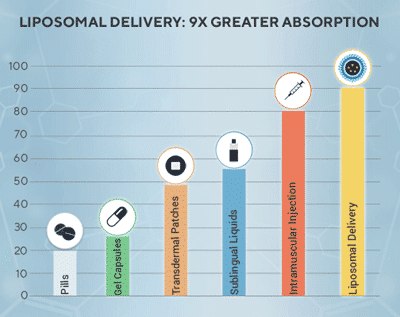
"Liposomes are valued for their biological and technological advantages, and are considered to be the most successful drug-carrier systems known to date." - International Journal of Nanomedicine, Liposomes As Nanomedical Devices
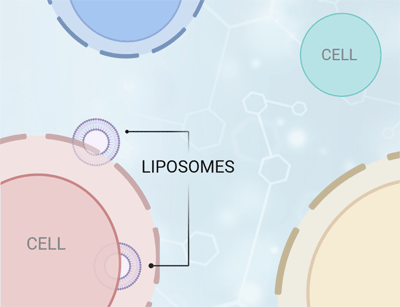
The inclusion of lipid vesicles into lotions can enhance their stability, prolong active product release, enhance transdermal permeability, and increase localization of the active within the skin. - Hydrogels and Their Combination with Liposomes, Niosomes, or Transfersomes for Dermal and Transdermal Drug Delivery
"Several studies have directly or indirectly linked mitochondrial dysfunction to both chronological and photo-aging of the skin." - Mitochondria in Skin Health, Aging, and Disease, Cell Death & Disease
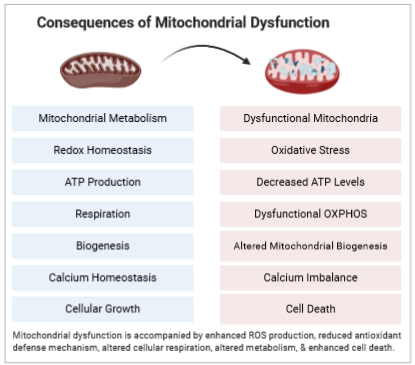
"NAD+ and its primary precursor nicotinamide have been known for some time to impact skin homeostasis based on linkages to dietary requirements, treatment of various inflammatory conditions, photoaging..." - The evolving role of the NAD+/nicotinamide metabolome in skin homeostasis, cellular bioenergetics, and aging
"Bioactive compounds targeting the mitochondria have proved effective against age-related as well as UV-induced skin damage, in addition to different skin diseases with mitochondrial involvement." - The evolving role of the NAD+/nicotinamide metabolome in skin homeostasis, cellular bioenergetics, and aging
The Renue™ skincare line offers an advanced skin treatment system.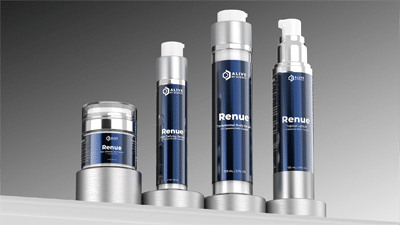
Liposomes were first discovered in 1965 and soon after were proposed as drug delivery systems. For the last five decades, advancements in this field have led to numerous clinical trials on liposomes for delivery of anti-fungal, antibiotic drugs, delivery of gene medicines, anesthetics and anti-inflammatory medications. This is an established technology, with a variety of types of liposomes being brought to market. (Source)
No products in the cart.